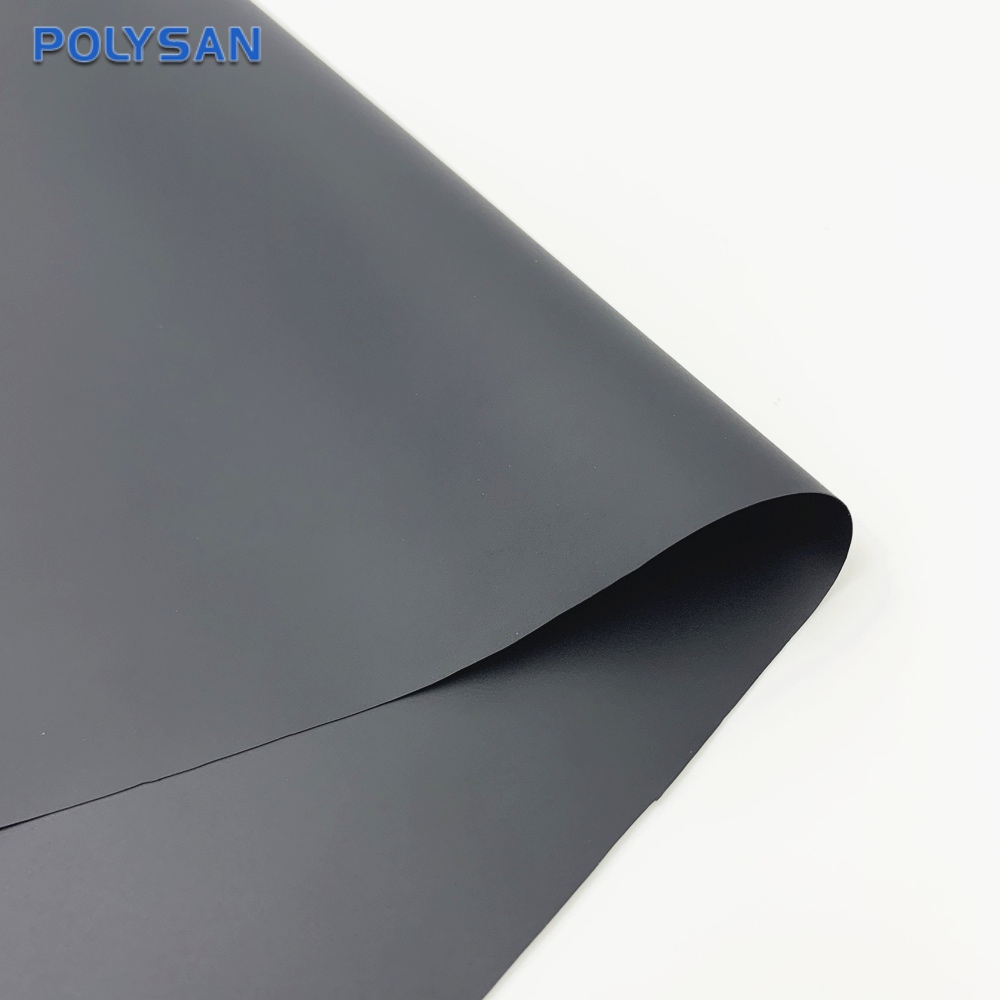Unveiling the Key Properties and Characteristics of High-Low Temperature TPU Film
2024-03-08
Introduction:
High-low temperature Thermoplastic Polyurethane (TPU) film is a remarkable material known for its exceptional properties and versatility. Designed to withstand extreme temperature fluctuations while maintaining flexibility and durability, high-low temperature TPU film finds applications across various industries. In this blog post, we'll explore the key properties and characteristics that make high-low temperature TPU film a preferred choice in demanding environments.
1. Thermal Stability:
One of the most notable properties of high-low temperature TPU film is its exceptional thermal stability. This film can withstand a wide range of temperatures, from extreme cold to high heat, without experiencing significant changes in mechanical properties or performance. This makes it ideal for applications where exposure to temperature fluctuations is common, such as automotive interiors, aerospace components, and industrial seals.
2. Flexibility and Elasticity:
High-low temperature TPU film exhibits excellent flexibility and elasticity, allowing it to conform to irregular shapes and withstand repeated bending and stretching without losing its integrity. This property is essential for applications that require flexibility and resilience, such as medical devices, sporting goods, and protective clothing. The film's ability to maintain flexibility over a broad temperature range ensures reliable performance in dynamic environments.
3. Mechanical Strength:
Despite its flexibility, high-low temperature TPU film boasts impressive mechanical strength and toughness. It has high tensile strength and tear resistance, making it suitable for applications that require robustness and durability. Whether used as a protective cover, gasket, or structural component, the film provides reliable mechanical support and protection against mechanical stressors, impacts, and abrasion.
4. Chemical Resistance:
High-low temperature TPU film exhibits excellent resistance to a wide range of chemicals, including oils, solvents, acids, and bases. This property ensures compatibility with various substances encountered in industrial, automotive, and medical applications. TPU film's chemical resistance helps maintain its integrity and performance in harsh environments, where exposure to corrosive agents or contaminants is a concern.
5. Waterproof and Moisture Barrier:
Due to its inherent hydrophobic nature, high-low temperature TPU film provides effective waterproofing and moisture barrier properties. It repels water and prevents moisture ingress, making it suitable for applications where protection against water, moisture, and humidity is essential. Whether used in outdoor gear, electronic devices, or medical packaging, TPU film helps safeguard sensitive components from water damage and degradation.
6. UV Resistance:
Many high-low temperature TPU films are formulated to resist degradation from ultraviolet (UV) radiation, making them suitable for outdoor applications exposed to sunlight. UV-resistant TPU films maintain their mechanical properties and appearance over prolonged exposure to sunlight, ensuring long-term durability and performance in outdoor environments.
Conclusion:
High-low temperature TPU film exhibits a unique combination of properties and characteristics that make it a versatile material for a wide range of applications. From thermal stability and flexibility to mechanical strength, chemical resistance, waterproofing, UV resistance, and biocompatibility, TPU film offers exceptional performance in demanding environments. Its ability to withstand extreme temperature fluctuations while maintaining its integrity and functionality makes it an indispensable material in industries such as automotive, aerospace, medical, electronics, and outdoor gear. As technology advances and demand for high-performance materials grows, the versatility and usefulness of high-low temperature TPU film are expected to continue expanding, driving innovation and enabling new applications in diverse industries.



